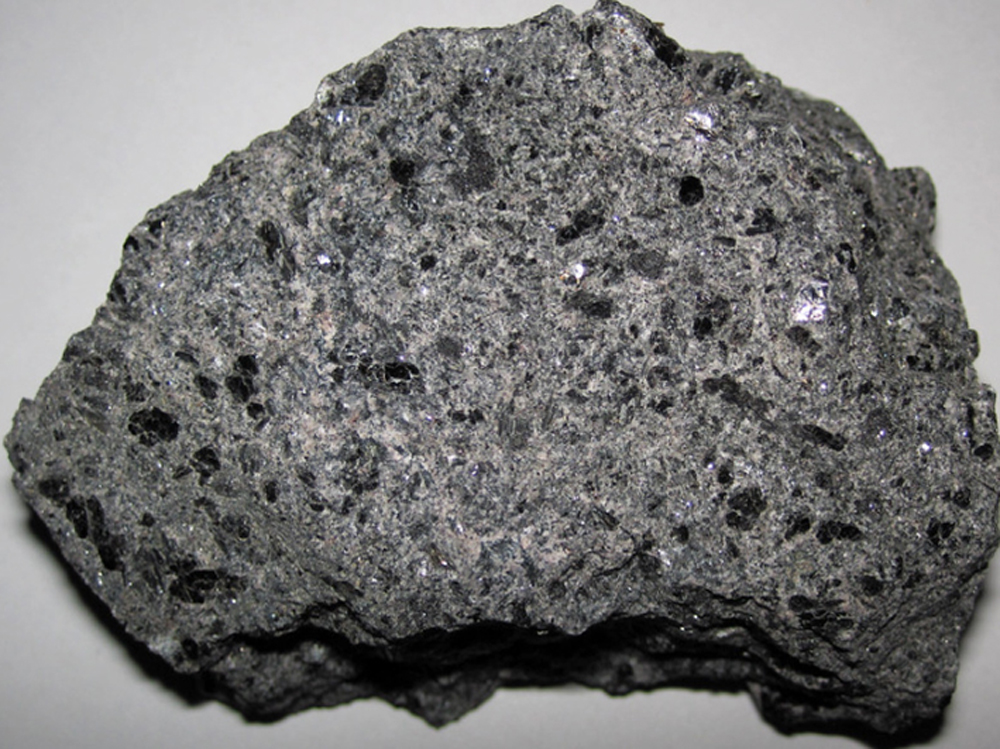Preserving Perishing Paradises



India is set to embark on a new chapter in its Polar exploration journey with the construction of Maitri II. The Indian government plans to establish a new research station near the existing Maitri ba...
.png )
The Deep Ocean Mission (DOM), approved by the Government of India in 2021 under the Ministry of Earth Sciences (MoES), represents a strategic step in realizing Sustainable Development Goal 14 (SDG 14:...

China recently announced restrictions on the export of seven rare earth elements (REEs), soon after US President Donald Trump decided to impose tariffs. As the world's dominant supplier—responsible fo...
Antarctic, the cold oceans surrounding it and the greater parts of Arctic are often conceptualised as the 'common heritage of mankind' - most enchanting, picturesque and pristine - sustaining the comp...
Environmental refugees, driven by drought, deforestation, desertification and similar other environmental problems, result in permanent or semi-permanent immigrants to urban centres. With the numbers...
With drastic alterations in climate anomalies, there is a need for adequate mitigation and preparedness computations that can help reduce the impact of environmental disasters. Scientific predictions...
Protected areas provide the most effective management strategy to conserve biodiversity and in the changing climatic scenario will become a necessary tool to reduce the vulnerability of human societie...
Antarctic, the cold oceans surrounding it and the greater parts of Arctic are often conceptualised as the 'common heritage of mankind' - most enchanting, picturesque and pristine - sustaining the complex ocean-atmosphere coupled system of our planet and thereby ensuring the sustenance of life itself. While appreciating the need for development, it is argued by environmentalists that the Earth has...

Environmental refugees, driven by drought, deforestation, desertification and similar other environmental problems, result in permanent or semi-permanent immigrants to urban centres. With the numbers rising by 150 million in the next four decades urban centres would need an urgent and effective resource distribution mechanism to achieve sustainability.

With drastic alterations in climate anomalies, there is a need for adequate mitigation and preparedness computations that can help reduce the impact of environmental disasters. Scientific predictions and planned methodologies can help, although it is yet not possible to completely safeguard against the unpredictable and uncontrollable forces of nature.
